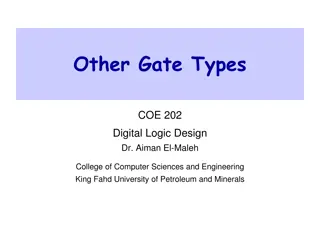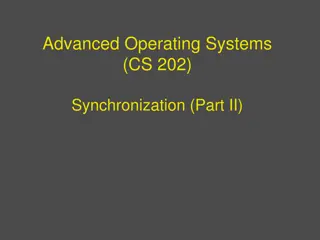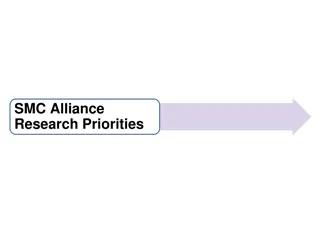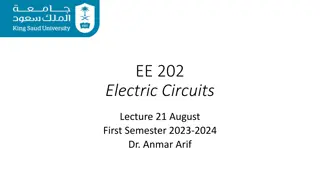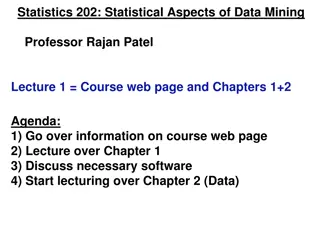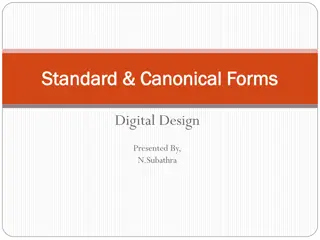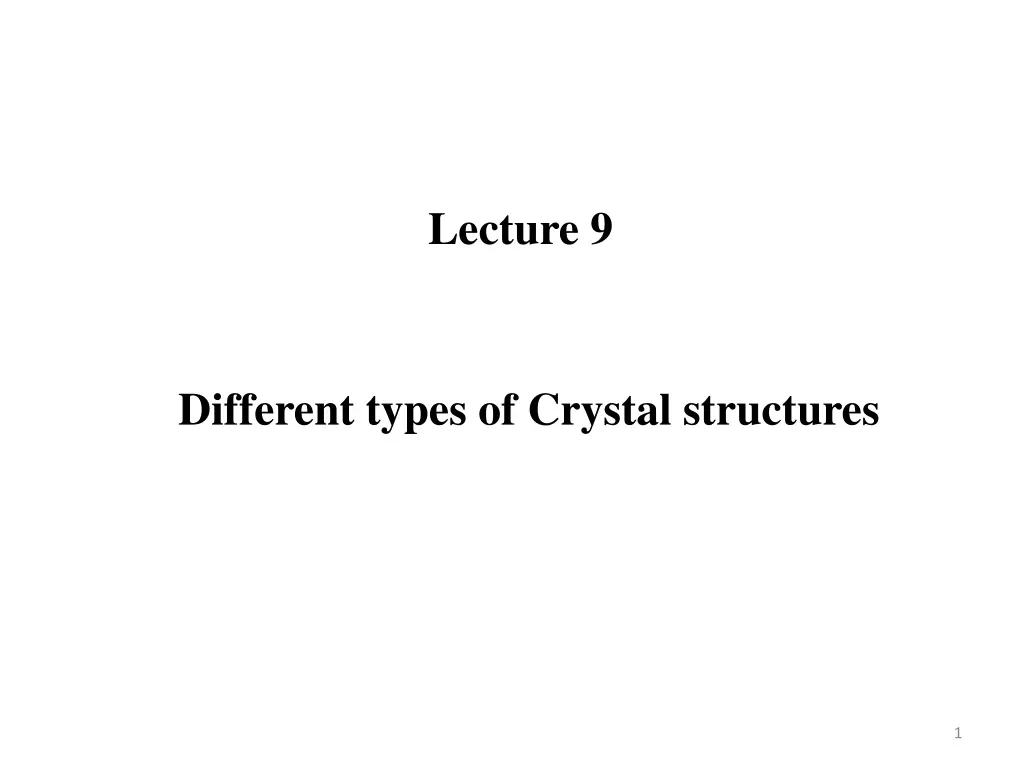
Crystal Structures Overview
Exploring different types of crystal structures, including primitive and non-primitive unit cells, and the concept of lattice points and vectors. Understand the distinctions between single crystal, polycrystalline, and amorphous materials. Dive into the characteristics of primitive or simple cubic, body-centered cubic, and face-centered cubic unit cells.
Download Presentation

Please find below an Image/Link to download the presentation.
The content on the website is provided AS IS for your information and personal use only. It may not be sold, licensed, or shared on other websites without obtaining consent from the author. If you encounter any issues during the download, it is possible that the publisher has removed the file from their server.
You are allowed to download the files provided on this website for personal or commercial use, subject to the condition that they are used lawfully. All files are the property of their respective owners.
The content on the website is provided AS IS for your information and personal use only. It may not be sold, licensed, or shared on other websites without obtaining consent from the author.
E N D
Presentation Transcript
Lecture 9 Different types of Crystal structures 1
Recap In last lecture, it was mentioned that the lattice, is a 3D arrangement of a regular arrangement of points or atoms in space with the condition that each point must have identical surroundings. So, instead of points, we have atoms or molecules a group of atoms. And a crystal is an array of atoms packed together in a regular pattern. A unit cell is a piece of the pattern which, when repeated through space without rotation and without gaps or overlaps, reconstructs the pattern to infinity. Differences among Single crystal, Polcrystalline and Amorphous materials were also discussed. 2
Primitive Cell A primitive cell is a unit cell that contains exactly one lattice point. It is the smallest possible cell. If there is a lattice point at the edge of a cell and thus shared with another cell, it is only counted half. 3
Non-primitive unit cells Non-primitive unit cells contain additional lattice points, either on a face of the unit cell or within the unit cell, and so have more than one lattice point per unit cell. 5
Primitive Lattice Vector The primitive lattice translation vectors specify unit cell of smallest volume. A lattice translation operator is defined as a displacement of a crystal with a crystal translation operator. For a 3D lattice, we can find three primitive lattice vectors (primitive translation vectors), such that any translation vector can be written as ? =?1? 1+ ?2? 2+ ?3? 3 where ?1 ,?2 and ?3 are three integers. where ? 1,? 2,? 3 are called primitive vectors and are any three vectors that do not lie on the same plane For a 2D lattice, we can find two primitive lattice vectors (primitive translation vectors), such that any translation vector can be written as ? =?1? 1+ ?2? 2 For a 1D lattice, we can find one primitive lattice vector (primitive translation vector), such that any translation vector can be written as ? =?1? 1 6
Types of Unit Cell A unit cell can either be : Primitive or Simple Cubic (SC) Body-Centered Cubic (BCC) Face-Centered Cubic (FCC) End or Base Centred Cubic Unit Cells 7
Primitive or Simple Cubic Unit Cell In the primitive cubic unit cell, the atoms are present only at the corners. Every atom at the corner is shared among 8 adjacent unit cells. There are 4 unit cells in the same layer and 4 in the upper (or lower) layer. 8
Primitive or Simple Cubic Unit Cell The atoms in the primitive cubic unit cell are present only at the corners Every atom at the corner is shared among eight adjacent unit cells Four unit cells are present in the same layer Four unit cell in the upper/lower layer Therefore, a particular unit cell has the only 1/8th of an atom Each small sphere represents the centre of a particle which occupies that particular position and not its size In each simple cubic unit cell, there are 8 atoms at the corners. Therefore, the total number of atoms in one unit cell is 8 1/8 = 1 atom. 9
Body-Centered Cubic Unit Cell (BCC) A BCC unit cell has atoms at each corner of the cube and an atom at the centre of the structure 10
Body-Centered Cubic Unit Cell (BCC) In BCC unit cell every corner has atoms According to this structure atom at the body centres wholly belongs to the unit cell in which it is present. There is one atom present at the centre of the structure Number of Atoms in BCC Cell: Thus, in a BCC cell, we have: 8 corners 1/8 per corner atom = 8 1/8 = 1 atom 1 body centre atom = 1 1 = 1 atom Therefore, the total number of atoms present per unit cell = 2 atoms. 11
Face-centered Cubic Unit Cell (FCC) An FCC unit cell contains atoms at all the corners of the crystal lattice and at the centre of all the faces of the cube. 12
Face-centered Cubic Unit Cell (FCC) In FCC unit cell atoms are present in all the corners of the crystal lattice Also, there is an atom present at the centre of every face of the cube This face-center atom is shared between two adjacent unit cells And only 1/2 of each atom belongs to a unit cell Number of Atoms in BCC Cell a) 8 corners 1/8 per corner atom = 8 1/8 = 1 atom b) 6 face-centered atoms 1/2 atom per unit cell = 3 atoms Hence, the total number of atoms in a unit cell = 4 atoms 13
End Centred or Base Centered Cubic Unit Cells In an end centred unit cell, one constituent particle (atom, molecule or ion) is present at the centre of opposite faces besides the ones located on the corners. 14
End or Base Centered Cubic Unit Cell In end-centred cubic unit cell, 8 atoms are located on 8 corners of the cube and 1 atom each is present on two opposite faces of the cube. Therefore in end-centred cubic unit cell there are 8 atoms present on 8 corners, therefore each atom contributes 1/8th portion of the cell 8X 1/8= 1 atom There are 2 atoms located at the center of the cell and each atom contributes 1/2 portion of the cell 2x1/2=1 atom Total atoms present in a end-centred cubic unit cell = 1 + 1 = 2 atoms 15
Summary Difference between primitive and non-primitive cell was discussed along with type of primitive cells In each simple cubic unit cell, there are 8 atoms at the corners. Therefore, the total number of atoms in one unit cell is 8 1/8 = 1 atom. A BCC unit cell has atoms at each corner of the cube and an atom at the centre of the structure i.e 2 atoms An FCC unit cell contains atoms at all the corners of the crystal lattice and at the centre of all the faces of the cube. i.e 4 atoms In end-centred cubic unit cell, 8 atoms are located on 8 corners of the cube and 1 atom each is present on two opposite faces of the cube.i.e 2 atoms 17













